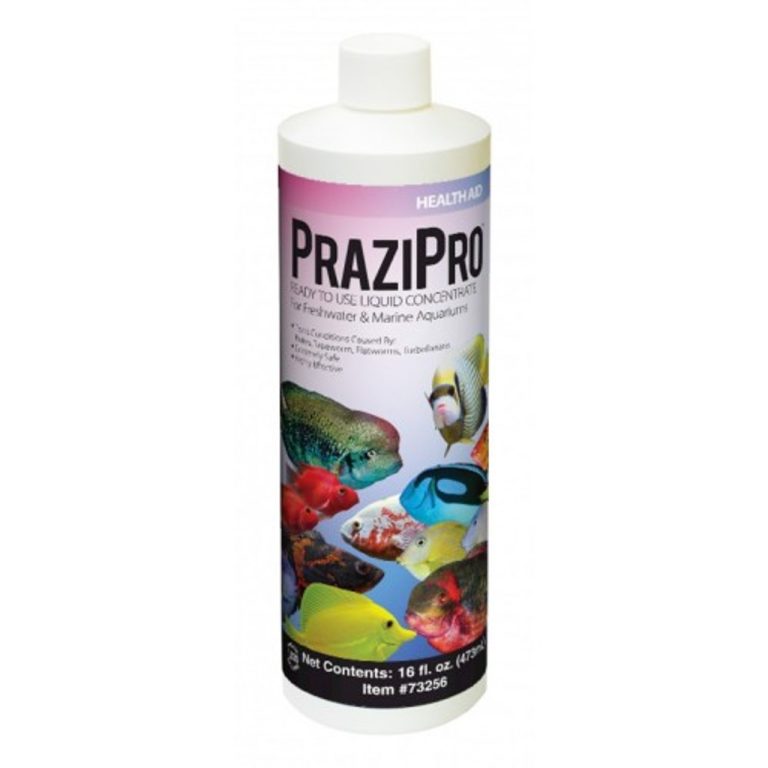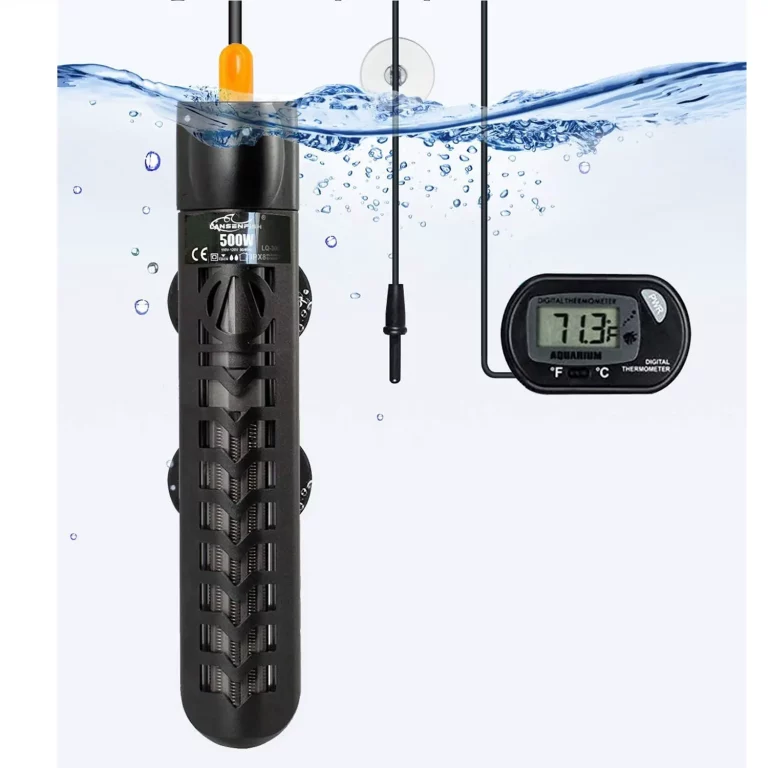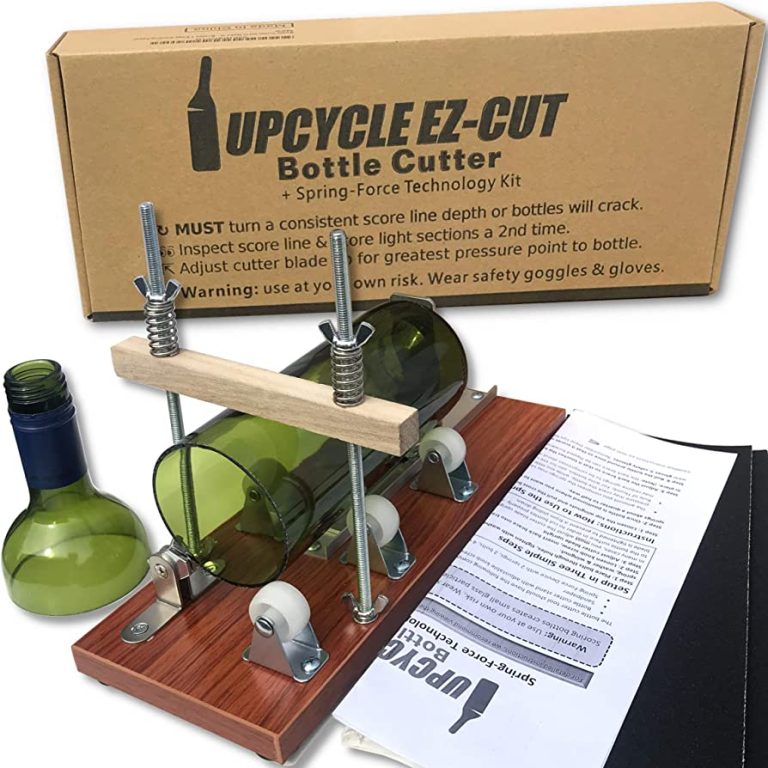How To Clean Seashells For Freshwater Aquarium
Have you recently set up a freshwater aquarium and are looking to add a natural touch to it? One way to achieve this is by incorporating seashells into your aquarium decor. Seashells not only add visual appeal but also provide hiding spots for small fish and invertebrates. However, before adding seashells to your aquarium, it is crucial to clean them properly to avoid introducing any harmful substances or contaminants into the water. In this article, we will guide you through the process of cleaning seashells for your freshwater aquarium.
Cleaning seashells for your freshwater aquarium is a simple but necessary step to ensure the well-being of your aquatic pets. By following the steps below, you can safely prepare seashells for your aquarium:
1. Collecting seashells:
– When gathering seashells, avoid taking live ones from the beach or any protected areas. Look for empty shells that have been washed ashore naturally.
– It’s best to collect seashells from a clean, unpolluted beach to minimize the risk of contamination in your aquarium.
2. Remove organic matter:
– Before cleaning the seashells, rinse them under running water to remove any loose debris or sand.
– Use a soft brush or a toothbrush to gently scrub off any remaining organic matter, algae, or barnacles. Be careful not to damage the shell’s surface.

3. Soak in water:
– Fill a container with clean freshwater and submerge the seashells in it. Make sure the water completely covers the shells.
– Let the shells soak for at least 24 hours. This helps to further loosen any remaining dirt and particles.
4. Remove hard deposits:
– After soaking, take each shell and inspect it for any stubborn deposits or dirt. Use a toothpick or a needle to carefully pry off any such materials.
– Be cautious not to scratch or damage the seashell’s surface during this process.
5. Bleach solution:
– Prepare a bleach solution by mixing 1 part bleach with 9 parts water. Fill a container with this solution.
– Submerge the seashells in the bleach solution for 10-15 minutes. This will disinfect and sanitize the shells, eliminating any potential pathogens or harmful organisms.
– Make sure to use unscented bleach, as scented bleaches may contain additives that could be harmful to your aquarium inhabitants.
6. Rinse thoroughly:
– After soaking in the bleach solution, remove the seashells and rinse them thoroughly under running water.
– Continue rinsing until you no longer detect any bleach odor or residue on the shells.
7. Final soak in freshwater:
– Fill a container with clean freshwater again and submerge the seashells for another 24 hours. This step helps to remove any remaining traces of bleach.
– Alternatively, you can also use a dechlorinator to neutralize the chloramine compounds in tap water, ensuring its safety for your aquarium.
8. Drying the shells:
– Once the final soak is complete, take the seashells out of the water and place them on a clean towel or paper towels.
– Allow the shells to air dry naturally for a few days, ensuring they are completely dry before introducing them to your aquarium.
Now that your seashells are clean and ready, you can confidently add them to your freshwater aquarium and enhance its beauty. Remember to place the shells strategically to create hiding spots and add interest to the underwater landscape.
Frequently Asked Questions
Q: Can I use seashells from saltwater beaches in my freshwater aquarium?
A: It is generally advisable to use seashells from freshwater sources rather than saltwater beaches. The shells from saltwater beaches may contain higher levels of salt and minerals, which can adversely affect the water chemistry in a freshwater aquarium. Furthermore, shells from saltwater beaches may have salt residues that are difficult to remove entirely. Therefore, it is best to opt for seashells from freshwater environments.
Q: How often should I clean the seashells in my freshwater aquarium?
A: It is a good practice to clean the seashells in your freshwater aquarium periodically to maintain optimal water quality. The frequency of cleaning will depend on several factors, including the number of shells, the size of your aquarium, and the presence of algae or detritus. Generally, cleaning the shells every two to three months should be sufficient. However, if you notice a buildup of algae or dirt on the shells, it is recommended to clean them more frequently.
Q: Are there any alternative methods to clean seashells for a freshwater aquarium?
A: While the method described above is a common and effective way to clean seashells, some aquarists prefer alternative methods. One such method is boiling the seashells in water for a few minutes to kill bacteria and remove impurities. However, boiling may cause shells to crack or become discolored, so it should be done with caution. Another alternative is to use vinegar instead of bleach for cleaning, as vinegar can dissolve deposits on the shells. However, vinegar may not be as effective in disinfecting the shells as bleach.
Final Thoughts
Cleaning seashells for your freshwater aquarium is a crucial step in maintaining a healthy and visually appealing aquatic environment. By following the proper cleaning process outlined above, you can ensure that the seashells are free from contaminants and ready to be added to your aquarium. Remember to prioritize the well-being of your aquatic pets by using safe and suitable materials for your aquarium decor. With clean seashells adorning your freshwater aquarium, you can enjoy the beauty of the underwater world while providing a natural habitat for your beloved aquatic inhabitants.






